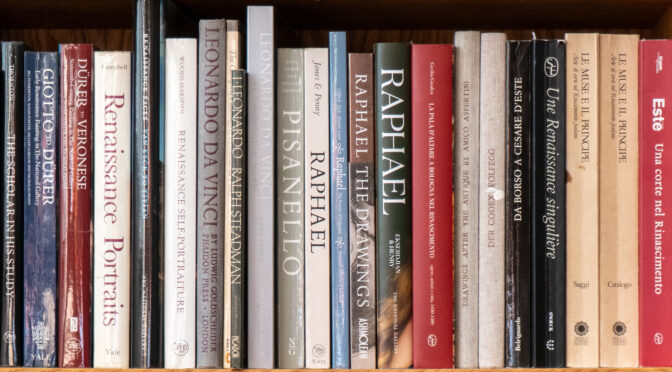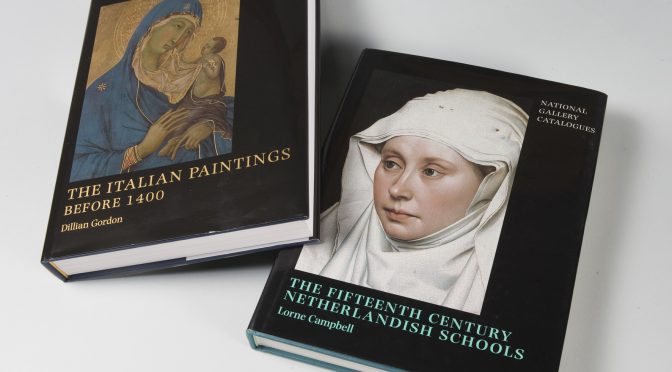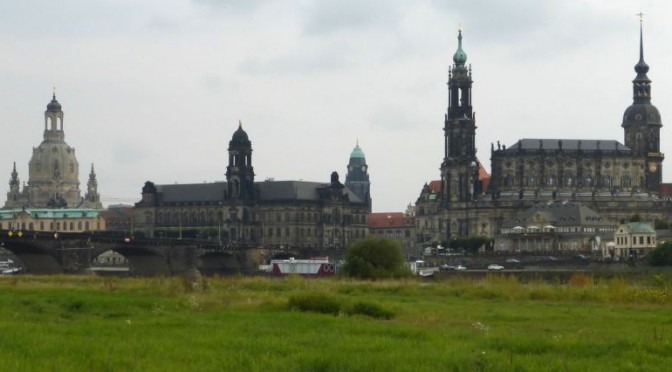At the same time as announcing 200 Paintings for 200 Years, the National Gallery has expanded the online information it provides about its paintings to include bibliographies, exhibition histories, and provenances. This post is about the first two; I’ll write more about provenances soon. Like the 200 online catalogue entries, these are projects that my team has been working on for some time – building on work done at the Gallery years ago.
Continue reading News from the National Gallery – 2Tag Archives: cataloguing
News from the National Gallery – 1
Earlier today, the National Gallery launched 200 Paintings for 200 Years – 200 catalogue entries placed online, most for the first time. All in all, this comes to about 2.2 million words; 2,850 images; and references to 8,130 publications, 1,325 archival documents, and 860 exhibitions. As this is something that my team and I have been working on for quite some time, I thought I’d say a bit more about the project.
Continue reading News from the National Gallery – 1A day of #MuseumDocumentation
Every now and again, a cry of anguish from appears on Twitter from Mark Carnall, Life Collections Manager at Oxford University Museum of Natural History, labelled with the #MuseumDocumentation hashtag. This is hardly surprising: like most of us who work in documentation, particularly those dealing with collections which have built up over a period of time, Mark often has to deal with multiple object records of variable quality.
Last Friday, he decided to live tweet a day spent cleaning reptile records in multiple databases (as he points out, one of these was a Word document, which really does stretch the definition of ‘databases’). Because this gives a nice insight into the kinds of problems that many of us face at regular intervals, I’ve Storifyed his tweets for posterity; you can read them here. As you will see, in addition to the usual difficulties caused by a collection’s documentation ‘evolving’ over time, natural history collections seem to suffer from some particular problems of their own – including the (to me) surprisingly fluid nature of many scientific names.
What I did this summer, or: CIDOC 2014
Being responsible for the Horniman Museum’s documentation, I normally find myself sitting in front of a computer screen, or in meetings. Every once in a while, though, I’m allowed out to meet my colleagues from other institutions, find out what they’re doing, and compare experiences. Previously, this has usually been at the annual OpenCulture conference run by Collections Trust; but this year I spent four days in Dresden at the 2014 annual conference of the Comité International pour la Documentation (CIDOC), the branch of the International Council of Museums (ICOM) interested in documentation.
Continue reading What I did this summer, or: CIDOC 2014
Learning from the past 2: capturing and sharing information
This is the second of a series of posts looking at the lessons about museum documentation thrown up whilst I was researching my recent article on the website of the Horniman Museum (where I work as Documentation Manager), investigating the objects related to the ‘Heroic Age’ of Antarctic exploration which were once owned by the Horniman. I’ve already looked at accession registers; in this piece, I’ll talk about capturing and sharing information; further posts will look at recording what happens to objects; and finally, at how we can make that information available online. Continue reading Learning from the past 2: capturing and sharing information



